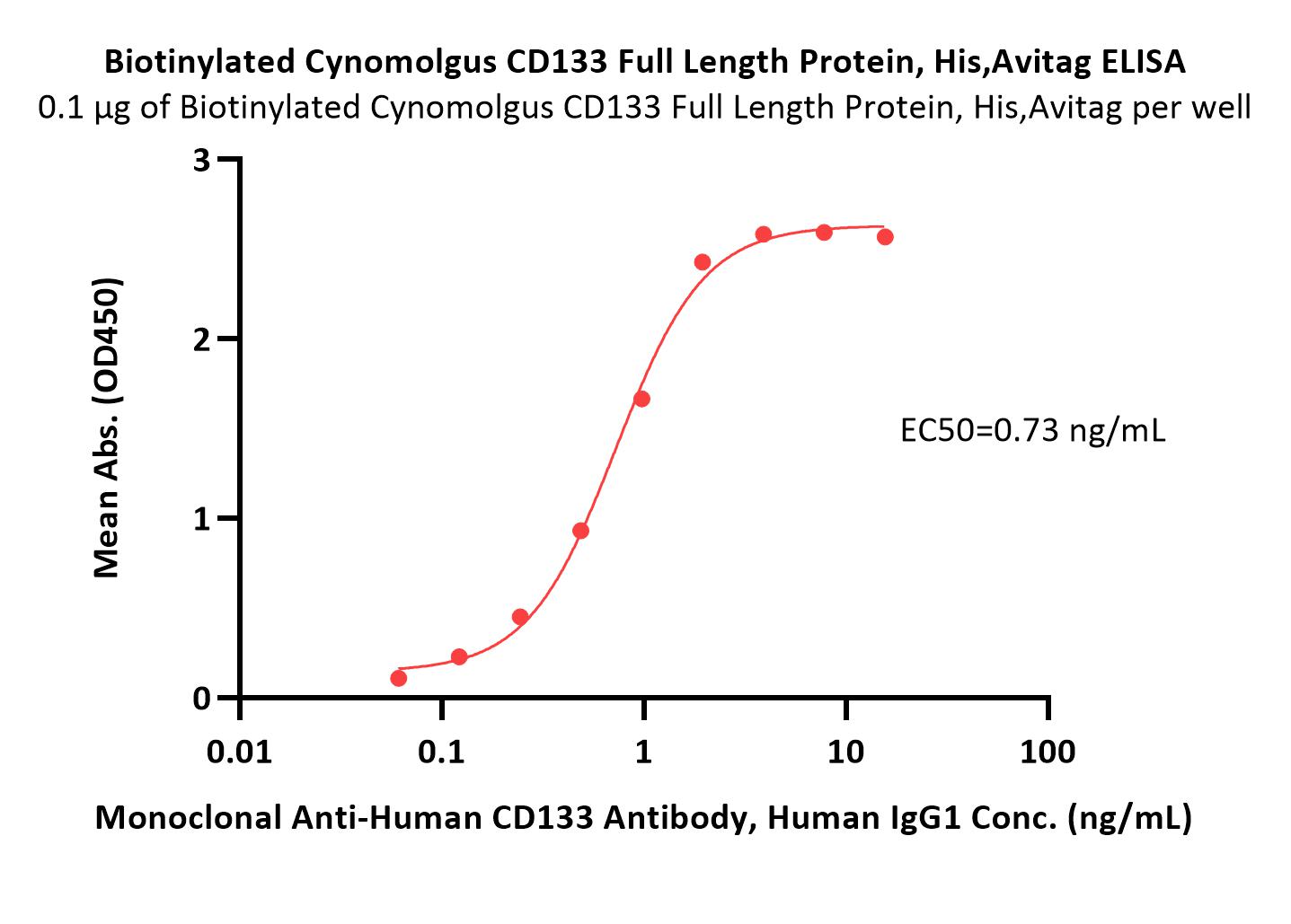CD133+CD24+ Renal Tubular Progenitor Cells Drive Hypoxic Injury Recovery via Hypoxia-Inducible Factor-1A and Epidermal Growth Factor Receptor ExpressionAl-Marsoummi, Singhal, Garrett
et alInt J Mol Sci (2025) 26 (6)
Abstract: CD133+CD24+ renal tubular progenitor cells play a crucial role in the repair and regeneration of renal tubules after acute kidney injury. The aim of this study is to investigate the responses of the human renal tubular precursor TERT (HRTPT) CD133+CD24+ cells and human renal epithelial cell 24 TERT (HREC24T) CD133-CD24+ cells to hypoxic stress, as well as their gene expression profiles. Whole transcriptome sequencing and functional network analysis identified distinct molecular characteristics of HRTPT cells as they were enriched with hypoxia-inducible factor-1A (HIF1A), epidermal growth factor (EGF), and endothelin-1 (EDN1). Our in vitro experiments demonstrated that, under hypoxia (2.5% oxygen), HRTPT cells showed minimal cell death and a 100-fold increase in HIF1A protein levels. In contrast, HREC24T cells exhibited significant cell death and only a two-fold increase in HIF1A protein level. These results indicate that CD133+CD24+ renal tubular progenitor cells have enhanced survival mechanisms under hypoxic stress, enabling them to survive and proliferate to replace damaged tubular cells. This study provides novel insights into the protective role of CD133+CD24+ renal tubular progenitor cells in hypoxic renal injury and identifies their potential survival mechanisms.
Evodiamine inhibits colorectal cancer cell stemness by disturbing ubiquitin specific protease 4 mediated SOX9 stabilizationChen, Yang, Qi
et alDiscov Oncol (2025) 16 (1), 403
Abstract: Colorectal cancer (CRC) is the third most common cancer and the second most deadly cancer worldwide. It is of great importance to explore new mechanisms and therapeutic targets. Ubiquitin-specific protease 4 (USP4), as a key regulator of protein stability, has been proven to be closely associated with cancer progression. In addition, it has been found that evodiamine, a novel alkaloid, can effectively inhibit the stemness of colorectal cancer. Based on this, in this study, we explored in depth the interaction mechanism between USP4 and evodiamine in regulating cancer stemness. Our research data showed that the expression level of USP4 in CRC tissues and cells was significantly increased. Further experiments found that overexpression of USP4 could significantly enhance the migration and invasion of CRC and promote the expression of stemness-related genes such as SOX9, OCT4, and CD133. In contrast, knockdown of USP4 expression in CRC cells had the opposite effect. Moreover, USP4 promotes the progression of CRC by mediating the deubiquitination and stabilization of SOX9 protein. At the same time, evodiamine can significantly inhibit the expression of USP4, SOX9, OCT4, and CD133 in CRC cells. Its mechanism of action lies in the fact that evodiamine disrupts the deubiquitination process of USP4 on SOX9 protein, thereby effectively inhibiting the stemness of CRC. Developing an Evodiamine derivative will provide new approach for improving the outcome of CRC patients.© 2025. The Author(s).
Progenitor cells and circulating endothelial cells are associated with disease activity and damage in systemic lupus erythematosus patientsSilveira, Ranero, Carlomagno
et alLupus (2025)
Abstract: BackgroundDespite advancements in treatment, patients with Systemic Lupus Erythematosus (SLE) frequently experience disease flares, which contribute to organ damage and increase the risk of premature death. Assessing disease activity is essential for optimizing treatment and preventing further organ damage. This study aimed to investigate the relationship between levels of progenitor and circulating endothelial cells and SLE disease activity, as well as accumulated organ damage.MethodsWe conducted a case-control study measuring levels of CD34+CD45low/- progenitor cells, CD34+CD45low/-CD133+ progenitor cells, Endothelial Progenitor Cells (EPC), and Circulating Endothelial Cells (CEC) in peripheral blood using flow cytometry.ResultsThe study included 32 SLE patients and 28 matched controls. SLE patients exhibited significantly lower levels of CD34+CD45low/- progenitor cells (p = .001), CD34+CD45low/-CD133+ progenitor cells (p = .016), EPC (p = .018), and CEC (p < .001) compared to controls. Additionally, the cell subpopulations correlated with SLE activity biomarkers, with CD34+CD45low/- progenitor cells showing a moderate negative correlation with C3 and C4 levels. Notably, patients with an SDI score ≥1 had significantly higher levels of CD34+CD45low/- progenitor cells, CD34+CD45low/- CD133+ progenitor cells, EPC, and CEC compared to those without organ damage (p = .0073, p = .018, p = .018, and p = .020, respectively).ConclusionOur findings reveal that CD34+CD45low/- progenitor cells, CD34+CD45low/-CD133+ progenitor cells, EPC, and CEC are significantly reduced in SLE patients and are associated with disease activity and organ damage. These results suggest that CD34+CD45low/- progenitor cells, in particular, could serve as potential biomarkers for monitoring disease activity and organ damage in SLE patients. Prospective studies are warranted to confirm these findings.
Role of octamer transcription factor 4 in proliferation, migration, drug sensitivity, and stemness maintenance of pancreatic cancer cellsShi, Wang, Zhao
et alWorld J Clin Oncol (2025) 16 (3), 100723
Abstract: Pancreatic cancer (PC) is one of the most aggressive malignancies characterized by rapid progression and poor prognosis. The involvement of cancer stem cells (CSCs) and Octamer transcription factor 4 (OCT4) in PC pathobiology is being increasingly recognized.To investigate the role of OCT4 in pancreatic CSCs and its effect on PC cell proliferation, migration, drug sensitivity, and stemness maintenance.We analyzed OCT4 and CD133 expression in PC tissues and cell lines. BxPC-3 cells were used to assess the effects of OCT4 modulation on cellular behavior. Proliferation, migration, and stemness of BxPC-3 cells were evaluated, and the PI3K/AKT/mTOR pathway was examined to gain mechanistic insights.OCT4 and CD133 were significantly overexpressed in PC tissues. OCT4 modulation altered BxPC-3 cell proliferation, invasion, and stemness, with OCT4 overexpression (OV-OCT4) enhancing these properties and OCT4 interference decreasing them. OV-OCT4 activated the PI3K/AKT/mTOR pathway, which correlated with an increase in PC stem cells (PCSC).OCT4 plays a crucial role in PCSCs by influencing the aggressiveness and drug resistance of PC cells, thus presenting itself as a potential therapeutic target.©The Author(s) 2025. Published by Baishideng Publishing Group Inc. All rights reserved.

























































 膜杰作
膜杰作 Star Staining
Star Staining















